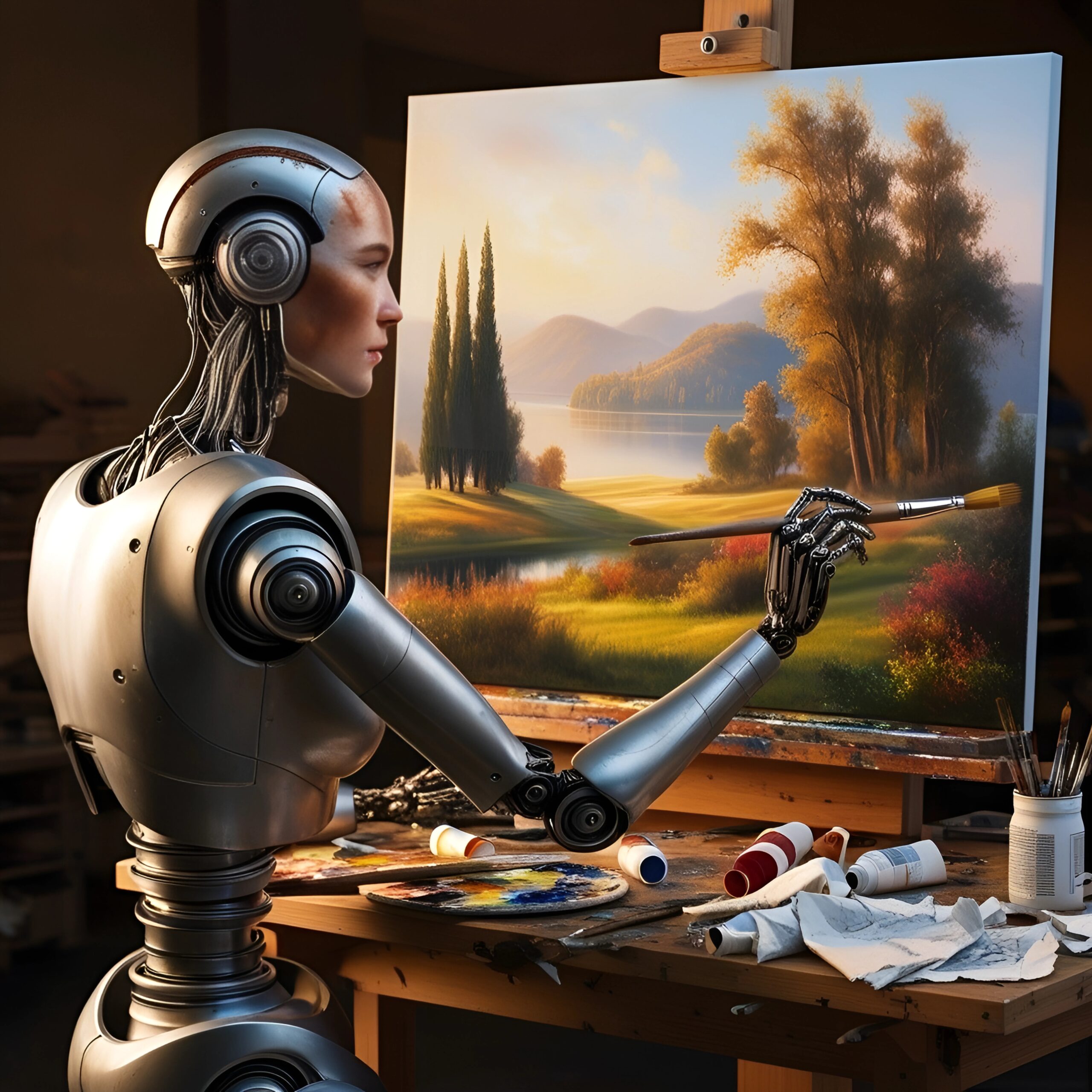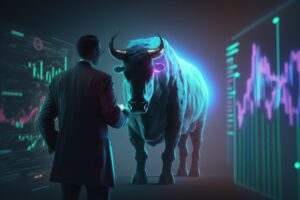I Tried Selling AI Art for 90 Days & Made $_,___: The Complete Journey
Diving headfirst into the world of AI art entrepreneurship, I embarked on an ambitious 90-day challenge to discover if creating and selling AI-generated designs could truly become a sustainable source of passive income. Despite skeptics claiming the market was oversaturated with AI art products, my results would prove otherwise, leading to unexpected twists and valuable insights along the way.
We strongly recommend that you check out our guide on how to take advantage of AI in today’s passive income economy.
Table of Contents
Understanding the Business Model
The fundamental concept behind this AI art venture revolves around identifying successful products in the market and using artificial intelligence tools to create unique variations. The process begins by locating top-performing items, such as t-shirts generating substantial revenue – some reaching impressive figures like $130,000 in sales. These successful products serve as blueprints for creating new designs using AI image generators and language models.
The Print-on-Demand Foundation
Print-on-demand platforms form the backbone of this business model, offering a seamless way to sell AI art without managing inventory. These platforms handle everything from printing to shipping, allowing creators to focus solely on design and marketing. The automated nature of this system means earnings can continue flowing with minimal ongoing effort once the initial setup is complete.
Creating the Product Strategy
The first crucial step involved selecting the right print-on-demand product to showcase my AI art. After thorough market research, t-shirts emerged as the consistently top-performing item across all categories. This choice wasn’t merely based on current trends but supported by long-term market data showing sustained consumer demand.
Developing a Product Blueprint
With the product type selected, creating a streamlined system for generating print designs became essential. The blueprint focused on minimalist bold illustrations complemented by strategically placed text – curved above and straight below – incorporating ironic puns that matched the visual elements. This structured approach would prove invaluable for maintaining consistency across multiple designs.
Market Research and Niche Selection
Understanding market dynamics led to identifying untapped opportunities within specific niches. The cross-idea formula became instrumental in discovering profitable market gaps. This approach involves combining two popular concepts to create something unique – for instance, merging specific breed-themed designs with ironic puns, creating products that hadn’t existed in the marketplace before.
Leveraging AI Technology
The AI art generation process utilized multiple tools and platforms to create unique, market-ready designs. Advanced AI image generators proved particularly effective at producing high-quality, commercially viable artwork. The ability to fine-tune generation parameters and experiment with different versions resulted in diverse, appealing designs that would resonate with target audiences.
Design Optimization and Production
The technical aspects of preparing AI art for commercial use required careful attention to detail. High-resolution outputs and transparent backgrounds became standard requirements for all designs. The production process involved meticulous quality control to ensure each piece met professional printing standards.
Scaling the Operation
Within the first two weeks of launch, the marketplace began recommending the AI art products to potential customers, validating the SEO optimization strategy. Initial sales confirmed market demand for well-crafted AI-generated designs, providing concrete evidence that consumers actively seek and purchase quality AI art products.
Business Evolution and Results
The experiment underwent significant changes due to unforeseen circumstances, leading to a strategic pivot. Instead of maintaining a separate store, integrating the AI art products into an existing marketplace presence proved more efficient. This adaptation led to remarkable growth, with weekly revenue increasing from $4,000 to $6,000-$7,000.
Market Validation and Future Prospects
The success of this AI art venture demonstrates the viability of AI-generated products in today’s market. Consumer acceptance and purchasing patterns indicate strong potential for continued growth in this space. The experiment’s results challenge the notion that the AI art market has become too saturated for new entrants.
Conclusion
This 90-day journey into selling AI art proved that with the right strategy, tools, and execution, creating successful passive income streams through AI-generated designs remains entirely possible. The experiment not only validated the business model but also revealed valuable insights about market dynamics and consumer preferences in the AI art space.
The key to success lies in understanding market gaps, utilizing AI tools effectively, and maintaining high-quality standards throughout the production process. As the market continues to evolve, opportunities for innovative AI art products remain abundant for those willing to invest the time and effort into creating valuable offerings.
Moreover, this experience highlighted the importance of adaptability in business strategy. When faced with challenges, pivoting and integrating AI art products into existing successful platforms can lead to even greater success than initially anticipated. The results speak for themselves – nearly doubling store sales within 90 days through strategic implementation of AI-generated designs.

We strongly recommend that you check out our guide on how to take advantage of AI in today’s passive income economy.




